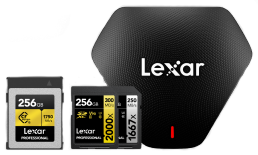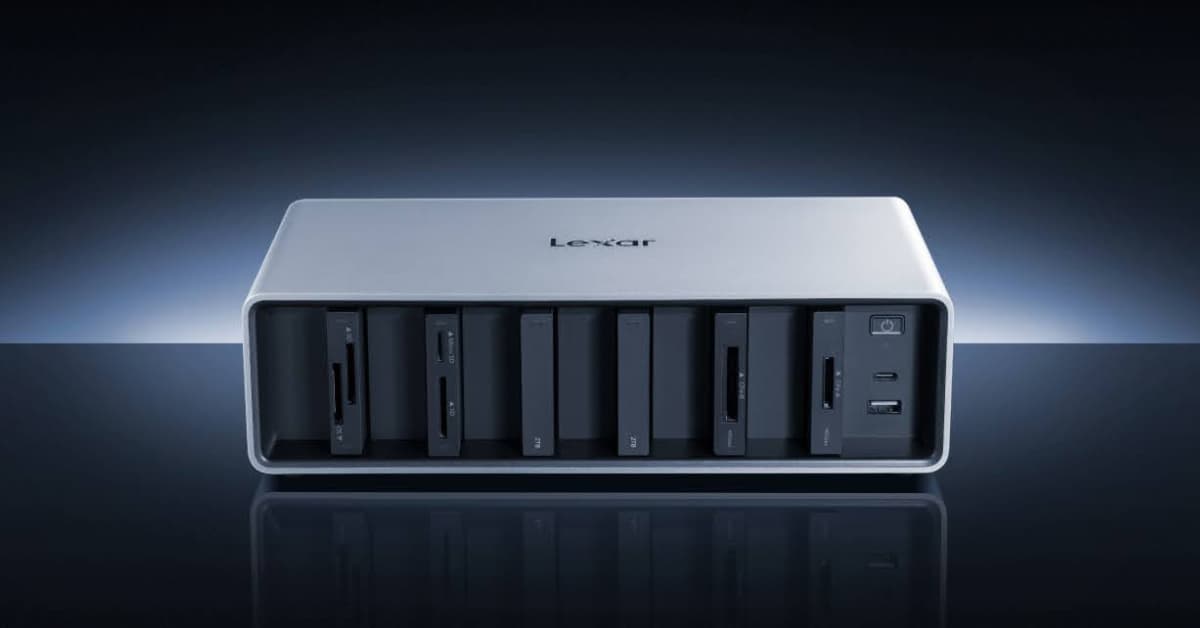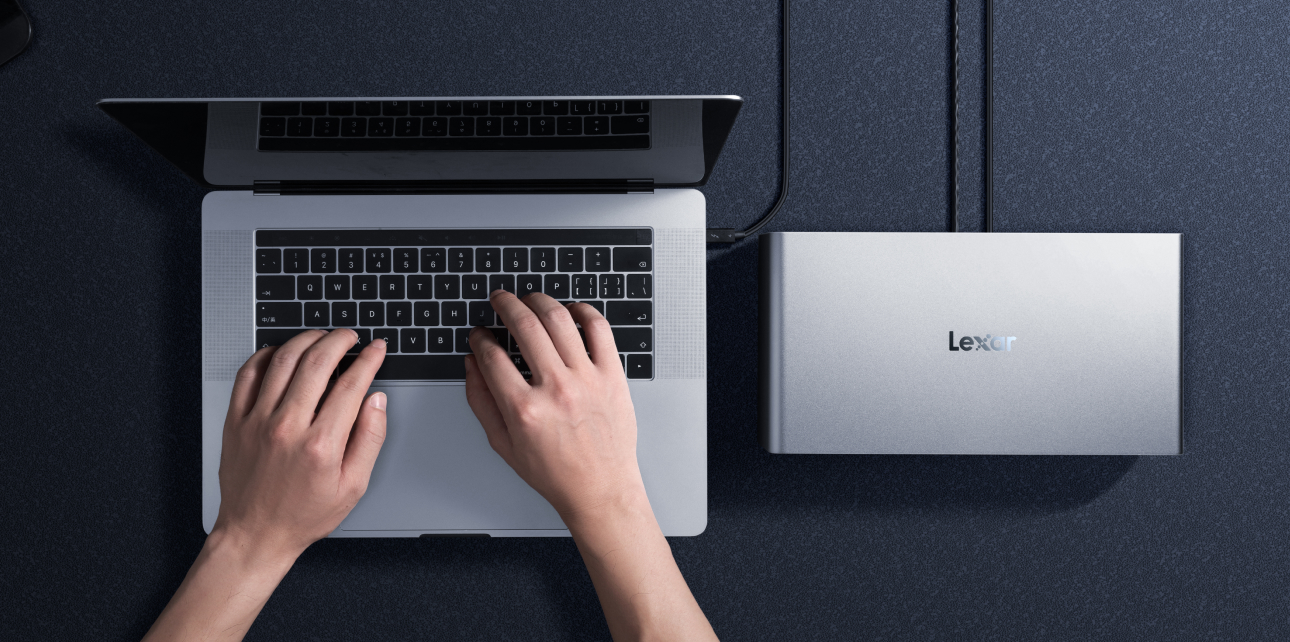
Having some sort of backup plan is crucial for those who want to protect the digital work they create. Whether you’re a small content creator just beginning to store footage or you’re a professional gamer safeguarding data, losing important information can be quite costly. That’s why exploring Lexar storage solutions is a smart first step.
That’s why the 3-2-1 backup strategy, a method originally introduced by digital asset management expert Peter Krogh, has become an essential practice for protecting digital assets.
Below, we’re breaking down everything you need to know about 3-2-1 backup strategy storage processes and how this simple rule can help ensure your data is always secure.
Key Takeaways:
- What is the 3-2-1 Strategy? A simple yet powerful approach to data protection: keep 3 copies of your data, store them on 2 different types of media, and keep 1 copy offsite.
- Choosing Storage Solutions: Selecting the right mix of internal, external, onsite, and offsite storage is crucial to building an effective backup system.
- Real-World Uses: From creators to families, anyone can use the 3-2-1 method to protect files, projects, and memories.
- Understanding Backup Types: Knowing the difference between full, incremental, and differential backups helps optimize your storage process.
- Best Backup Practices: Label clearly, test often, encrypt when needed, and automate to keep your data safe and organized.
Understanding the 3-2-1 Backup Strategy

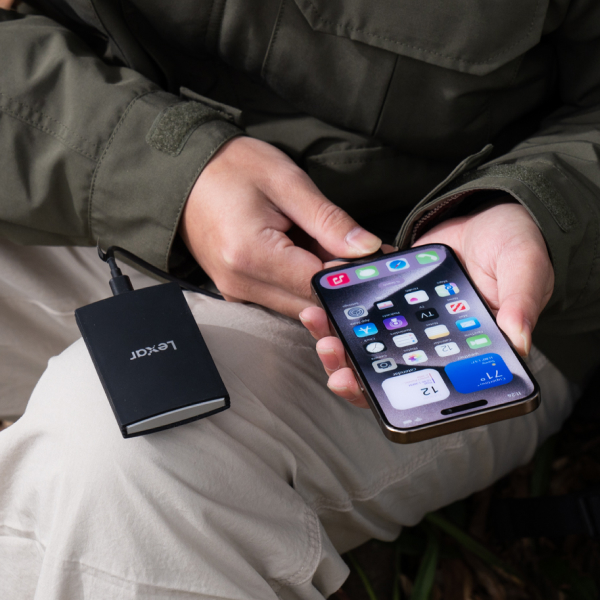
At its core, the 3-2-1 backup strategy follows a simple structure:
- 3 copies of your data
- 2 different types of storage media
- 1 copy stored offsite
Having three copies of your data means having the primary copy (which is the original) and two backups.
For two different forms of media, this could be an internal SSD and an external portable SSD. An offsite copy would refer to storing your data in the cloud or on a portable drive kept in a separate physical location.
This layered method is meant to protect your data against a range of risks, from hard drive crashes to natural disasters. By diversifying how and where you store your information, you create your own practical safety net.
Choosing the Right Backup Storage Solutions: Things to Consider
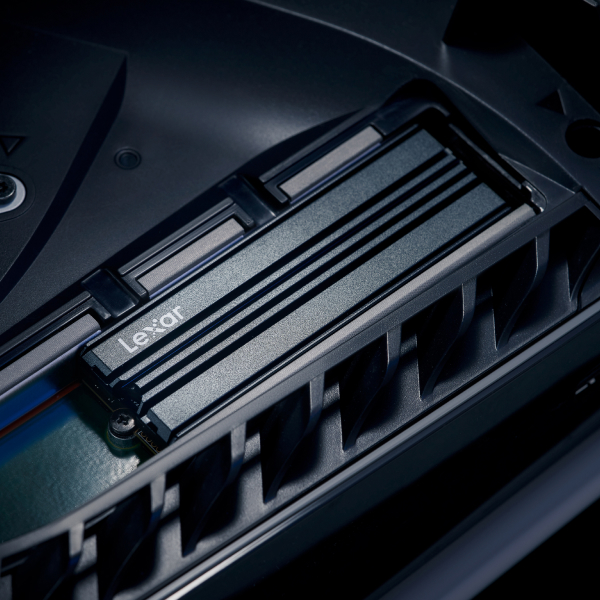
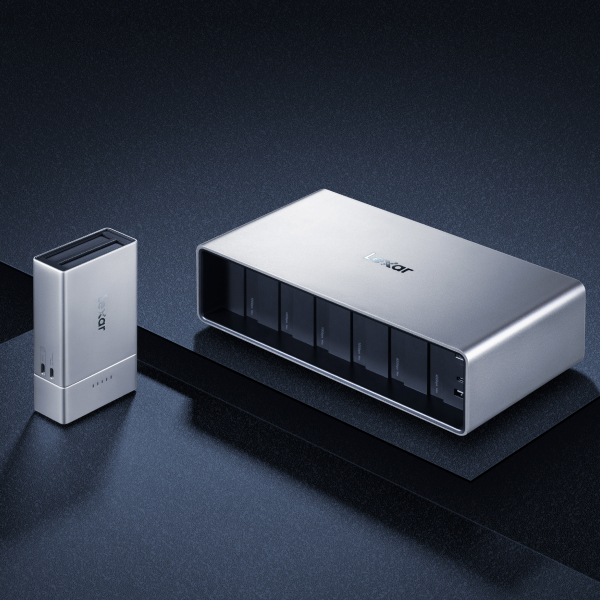
When you’re creating a dependable 3-2-1 backup strategy storage system, it’s important to start with selecting the right tools for the job. After all, the right combination is what helps ensure your data is protected yet accessible.
Let’s explore the key factors to consider that make up a solid backup storage plan.
Internal vs. External Drives
Take the time to consider your ideal storage solution. Internal SSDs are best for primary storage because they’re fast, efficient, and great for real-time editing or gaming. Lexar’s internal SSDs deliver fast read/write speeds and durability, making them a strong foundation for the 3-2-1 strategy.
On the other hand, external drives help provide portability and flexibility. Products like the Lexar ARMOR 700 Portable SSD offer rugged, high-speed performance ideal for backing up your files while on the go.
For a slimmer alternative, the Lexar SL500 Portable SSD delivers ultra lightweight compact storage without compromising speed, perfect for travel friendly backup setups. These drives make excellent secondary storage devices in your backup chain.
Onsite Backup Devices
Having an onsite backup means you have quick access to your data in case of emergencies or even minor disruptions. For onsite backups, you should consider pairing an internal SSD with an external one for a more streamlined, high-performance solution.
Lexar’s external SSDs and JumpDrives are great for routine backups at home or at the office. These drives are compact and powerful, making them easy to integrate with backup software. This ensures your files are duplicated regularly without slowing down your workflow.
For professionals seeking a modular setup, the Lexar Professional Workflow Portable SSD is an excellent choice. It offers high-speed performance and scalability, making it ideal for studio environments or dedicated backup stations.
Offsite and Cloud Storage Options
The final element to consider in your 3 2 1 backup strategy is offsite backup.
Offsite solutions can include cloud based storage services or physical backups stored in places separate from your original technology. For example, the Lexar Professional Workflow Go is a compact, travel ready solution that pairs seamlessly with Lexar portable SSDs, making it ideal for backing up data in the field or while traveling.
If you prefer more control or enhanced privacy, Lexar’s JumpDrives offer encrypted portable storage that you can physically relocate or securely lock away when needed.
For additional recommendations on mobile friendly drives, check out our guide to the best external SSDs for video editing — many of which are well suited for offsite backups too.
Real-World Applications of the 3-2-1 Backup Strategy
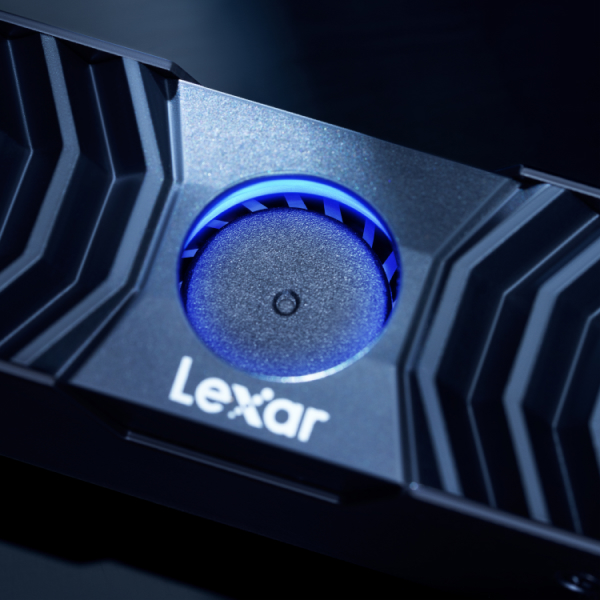
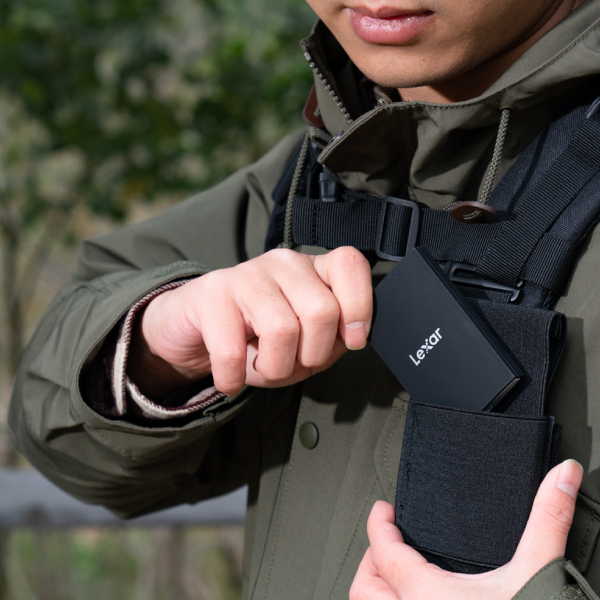
From photographers to small businesses, people of all backgrounds and experiences can benefit from implementing the 3-2-1 backup strategy.
A content creator may store active projects on a Lexar internal SSD, back them up nightly to a portable ARMOR 700, and then sync an encrypted copy to the cloud. Gamers, on the other hand, can ensure their progress is saved with a similar setup.
Even families archiving photos or home videos can benefit from this approach. Utilizing the 3-2-1 backup strategy ensures that your family’s memories are kept safe and sound.
Technical Breakdown: Backup Types Explained
Having a successful 3-2-1 backup strategy storage system isn’t just about where you store your data; it’s also about how you do so. Knowing how the backup types differ can help you choose the most efficient method for your needs:
- Full Backup: A complete copy of all selected data. Most secure, but time- and space-intensive.
- Incremental Backup: Saves only the changes made since the last backup. Fast and efficient, but requires a full backup to restore.
- Differential Backup: Backs up all changes since the last full backup. Easier to restore than incremental, but grows in size over time.
Typically, you’ll want to use full backups periodically, with incremental backups scheduled more frequently. Most backup software allows you to automate these processes so they can get done without you even thinking about it.
Best Practices for Backup Strategy Success
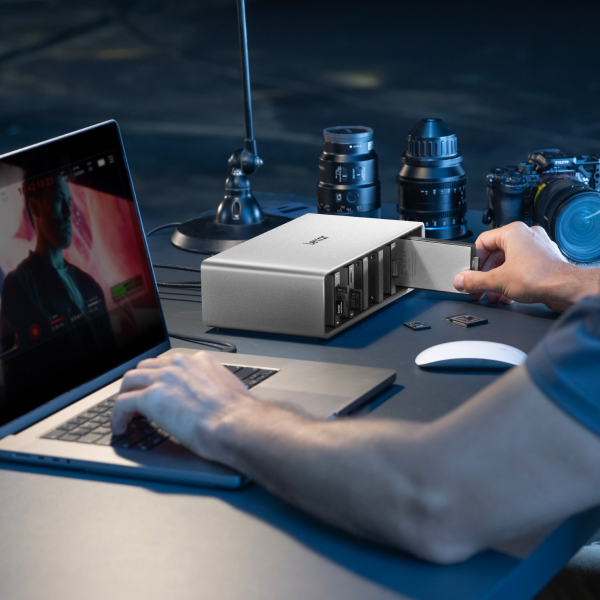

Before you implement a 3-2-1 backup strategy storage system, let’s quickly cover some best practices that can help set up your methodology for success:
- Use descriptive folder names and timestamps for easy file tracking and retrieval.
- Test your backups regularly to ensure files are accessible and not corrupted.
- Enable versioning if your backup software supports it, so you can recover previous file states.
- Keep your backup schedule consistent with calendar reminders or automation tools.
- Protect physical drives from extreme temperatures, humidity, or magnetic interference.
- Encrypt sensitive data, especially when storing offsite or on portable drives.
When you follow these best practices, you’re strengthening your backup system, helping you avoid unpleasant surprises when it matters most.
Lexar Options for Your Backup Needs
Crafting a reliable 3-2-1 backup strategy storage plan doesn’t have to be complicated. And with Lexar, it isn’t.
Lexar offers all of the SSDs you could ever want, including internal SSDs, rugged external options, or anything in between.
No matter what your tech needs are, now is a perfect time to take control of your data security. Explore Lexar’s full lineup of backup storage solutions to begin building the perfect backup strategy today.
Frequently Asked Questions About the 3-2-1 Backup Strategy
What is a 3-2-1 backup strategy, and why is it important?
A 3-2-1 backup strategy is a proven data protection method that recommends having 3 total copies of your data, stored on 2 different types of media, with 1 copy stored offsite. This reduces the risk of losing files due to device failure, accidental deletion, or disasters.
What types of storage devices should I use for a 3-2-1 backup?
A balanced mix of internal SSDs, external SSDs or hard drives, and offsite solutions like cloud storage or encrypted flash drives is ideal. Using different media types ensures your backups are not all vulnerable to the same risks.
How often should I back up my data?
For most users, performing daily incremental backups with weekly full backups is a good starting point. Automating your backup process ensures consistency and reduces the chance of human error.
Is cloud storage a reliable offsite option?
Yes, cloud storage can be a reliable part of your 3-2-1 backup strategy if you choose a reputable provider. However, combining it with physical offsite options like portable SSDs or encrypted drives adds an extra layer of control and privacy.
Can I use the 3-2-1 strategy for personal files like photos and videos?
Absolutely. Whether you’re a professional creator or a family archiving home videos, the 3-2-1 backup strategy helps safeguard irreplaceable memories and content from loss or corruption.

